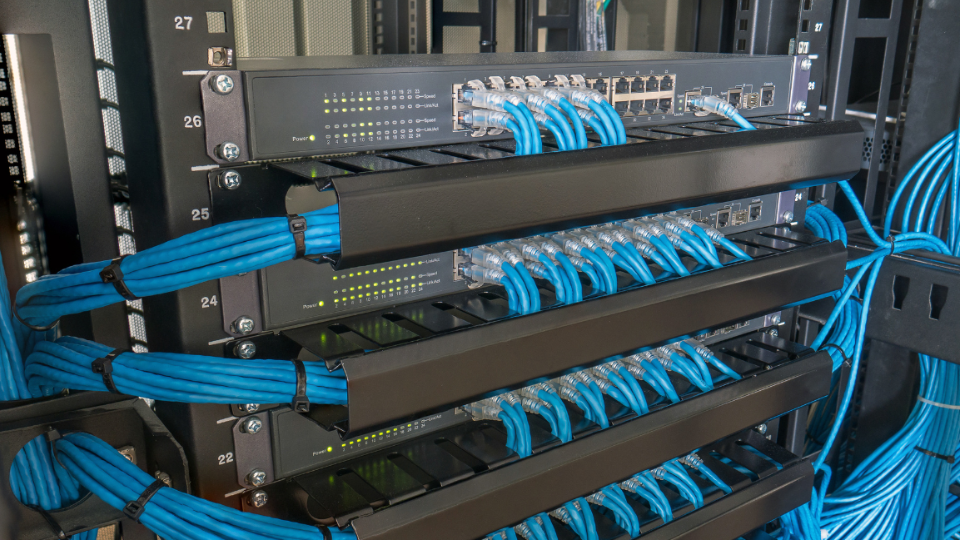Are you tired of slow internet? Do you want to connect your devices more reliably? A network cable might be the answer.
A network cable connects devices in a local area network (LAN). It lets devices like computers, routers, and switches talk to each other. It’s a physical connection for data to travel between devices.
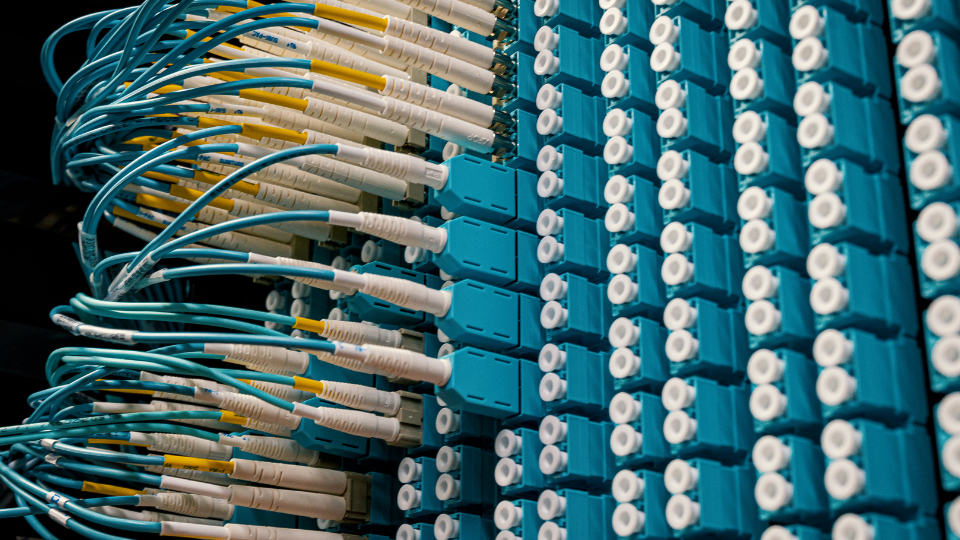
Choosing the right network cable can be confusing. Are LAN and Ethernet cables the same? What about patch cables? Keep reading, because I’m going to break it down for you.
What are the characteristics of a network cable?
Have you ever looked closely at a network cable? They might seem simple, but they have key features. These features make them work well.
Network cables often look like telephone cables with a plastic cover and come in colors like blue, orange, yellow, or gray. Inside, there are eight strands twisted into four pairs. They have RJ45 plugs at both ends to connect to devices.
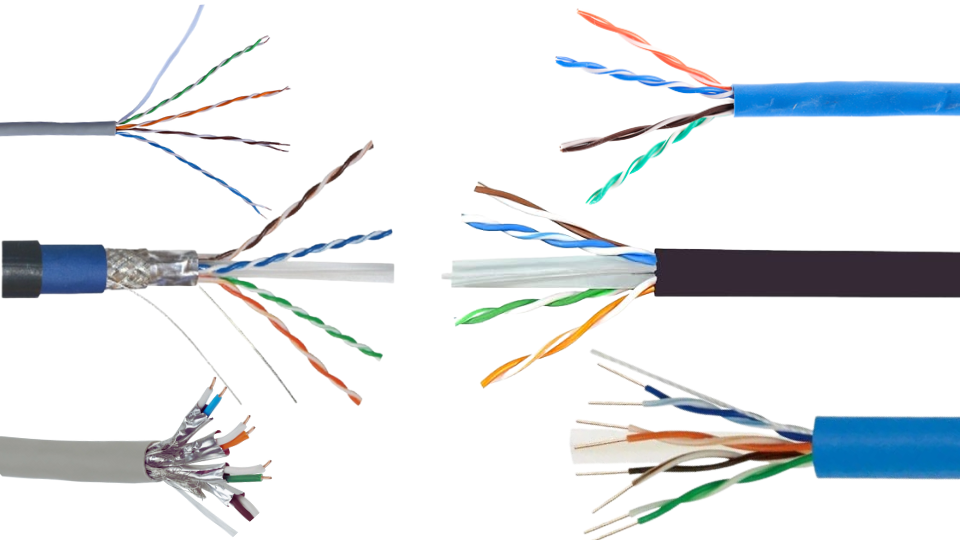
Network cables come in different types, like coaxial, fiber optic, and twisted pair. Twisted pair cables are common for Ethernet networks because they reduce electromagnetic interference. These cables can be shielded or unshielded. Shielded cables have extra protection against interference, which is good for noisy environments. The "Cat" number, like Cat5e[1] or Cat6, tells you the cable’s speed and bandwidth. Higher category cables can handle faster data rates. Choosing the right cable depends on what you need for your network.
Here’s a simple table to show the different categories:
| Category | Max. Data Rate | Bandwidth | Usage |
|---|---|---|---|
| Cat5e | 1 Gbps | 100 MHz | Residential homes |
| Cat6 | 1 Gbps | 250 MHz | Commercial buildings |
| Cat6a | 10 Gbps | 500 MHz | Data centers |
| Cat8 | 25/40 Gbps | 2000 MHz | Core infrastructure |
How does a patch cable and a network cable differ?
Are patch cables and network cables the same? You might have heard both terms. But, do you know what makes them different?
A patch cable is a type of network cable, usually short and for temporary connections. It connects devices within a network, often in offices. While there’s no hard rule, "patch cable" usually means a short, pre-made cable.
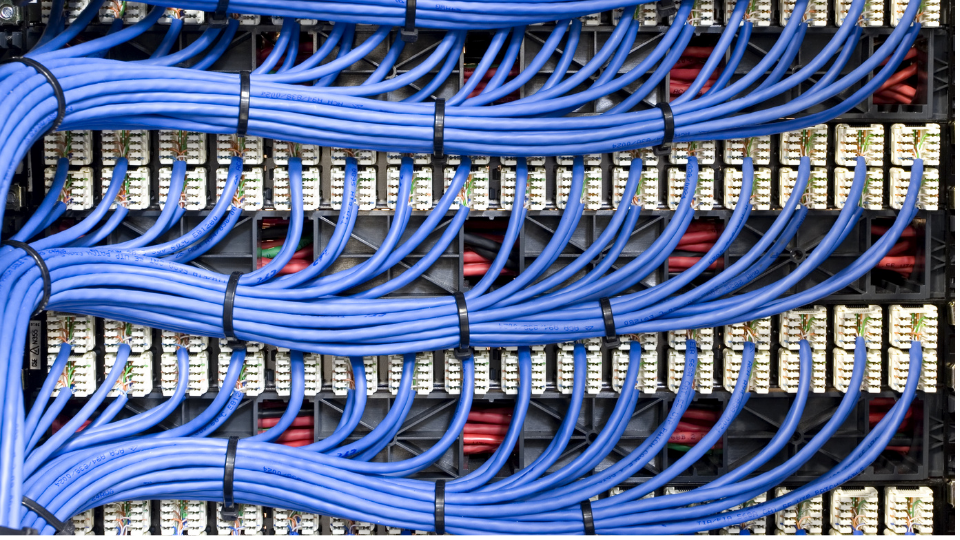
Patch cables are great for connecting devices to a network distributor. They are often used in offices and wiring closets for short distances. Unlike installation cables, patch cable[2] usually come with RJ45 connectors already attached. This makes them easy to use right out of the box. While patch cables can be used as Ethernet cables[3], they are typically better for shorter distances. Ethernet cables, on the other hand, can refer to longer cable runs connecting different locations.
Think of it like this:
| Feature | Patch Cable | Ethernet Cable |
|---|---|---|
| Length | Short | Varies |
| Use | Temporary connections | Permanent or temporary |
| Connectors | Usually pre-terminated | May need termination |
| Flexibility | More flexible | Less flexible |
Which ethernet cable should you choose?
Picking the right Ethernet cable feels overwhelming? There are so many choices! Let’s simplify this.
To pick the right Ethernet cable, think about speed, shielding, length, and where you’ll install it. For home use with internet speeds up to 1 Gbps, Cat5e is good. If you want more speed for the future, choose Cat6a.
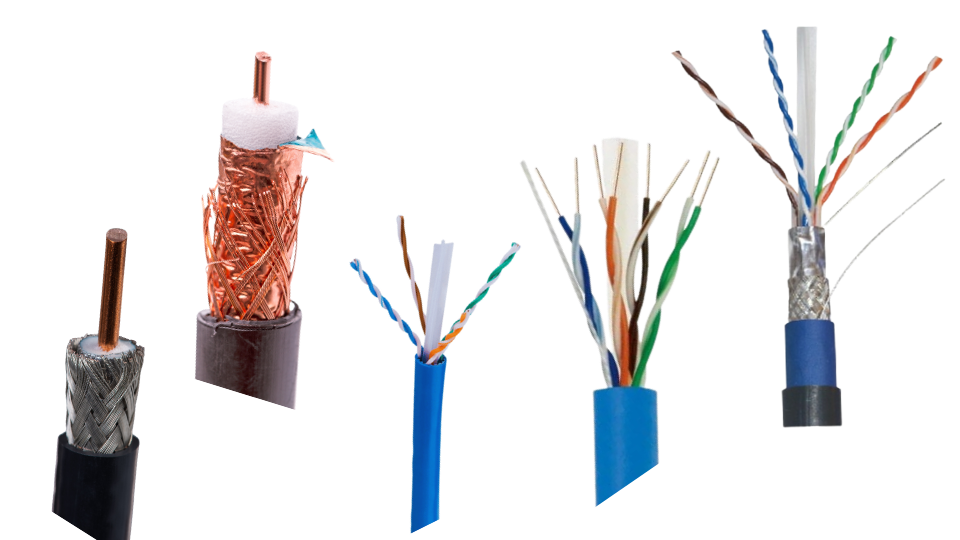
When choosing an Ethernet cable, consider the speed your network needs. Also, think about whether you need shielding to protect against interference. Shielded cables (STP) are better for environments with lots of electrical noise. The length of the cable is also important. Ethernet cables have a maximum length of about 295 feet (90 meters). Finally, consider the cable jacket rating for fire safety, especially if you’re running cable through walls.
Here’s a decision guide:
| Factor | Recommendation |
|---|---|
| Speed | Cat5e for up to 1 Gbps, Cat6a for 10 Gbps |
| Shielding | STP for high EMI areas, UTP for low EMI areas |
| Length | Keep under 295 feet (90 meters) |
| Installation | CMR for in-wall, CMP for plenum spaces |
I remember one time when I was setting up a home network for a friend. They lived near a power station, so I knew we needed shielded cables[4] to avoid interference. We went with Cat6a[5] STP cables, and their network has been running smoothly ever since.
Network Cable Management Guide
Is your cable situation a tangled mess? Do you trip over wires? Let’s get those cables under control!
Good network cable management makes your setup look better and work better. You can use cable sleeves, cable raceways, and Velcro ties to keep cables tidy. Hiding cables isn’t always the goal. The aim is to make them less messy.
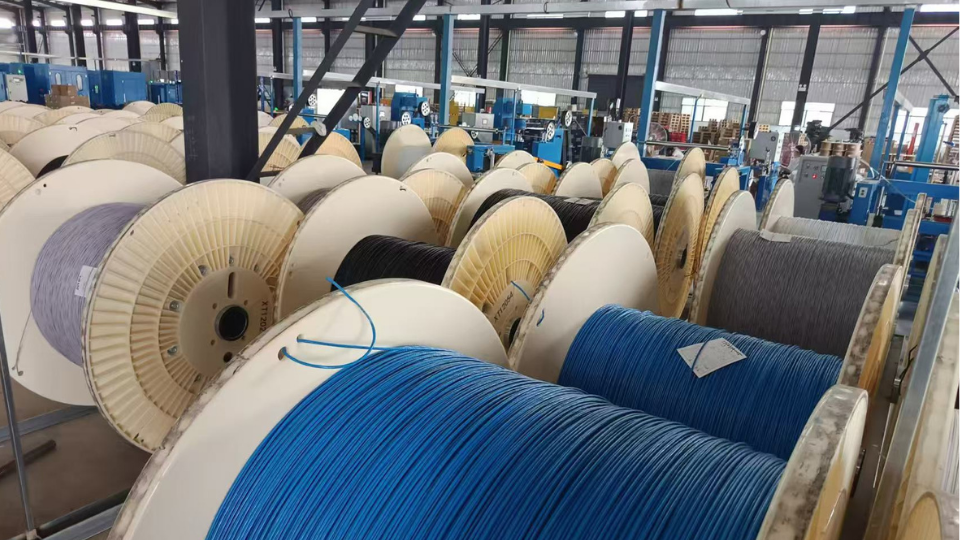
Managing network cable[6] involves a few key tools and techniques. Cable sleeves can bundle multiple cables into one manageable tube. Cable raceways can hide cables along walls or under desks. Velcro ties[7] are great for keeping individual cables organized. If you’re running cables behind a wall-mounted TV, consider paintable cable raceways[8] to blend them in. For under-desk management, surge protectors and cable clips can help keep things tidy.
| Tool | Use |
|---|---|
| Cable Sleeves | Bundling multiple cables |
| Cable Raceways | Hiding cables along walls |
| Velcro Ties | Organizing individual cables |
| Cable Clips | Securing cables under desks |
Conclusion
Network cables are essential for connecting devices. Choosing the right one and managing them well can improve your network.
[1]: Explore the features of Cat5e cables for effective home networking.
[2]: Understand the role of patch cables in connecting devices efficiently.
[3]: Get insights into different types of Ethernet cables for various needs.
[4]: Find out how shielded cables can protect your network from interference.
[5]: Learn about Cat6a for future-proofing your network with higher speeds.
[6]: Understanding network cables is crucial for setting up a reliable internet connection.
[7]: Find out how Velcro ties can simplify your cable organization.
[8]: Discover how cable raceways can keep your cables hidden and tidy.

